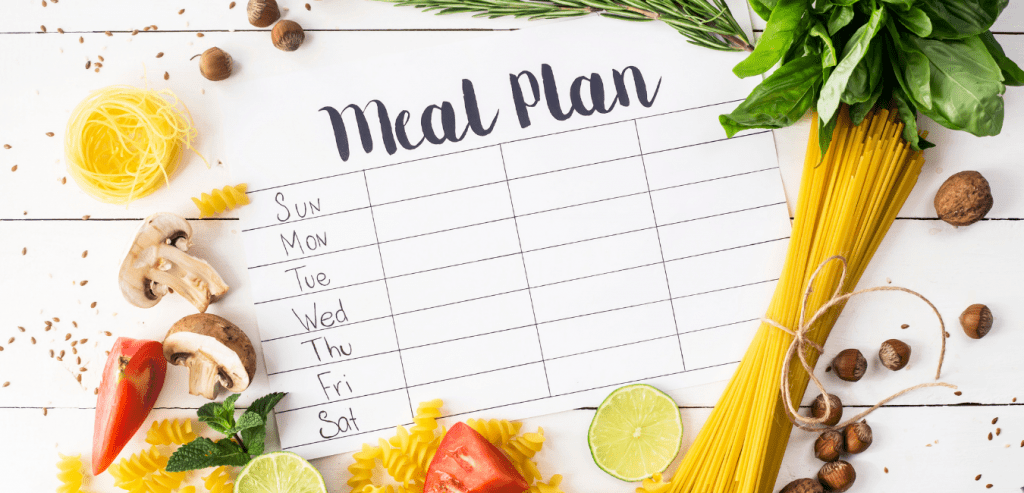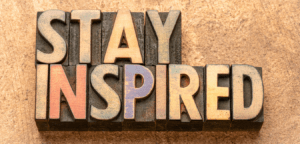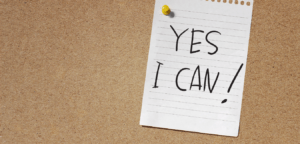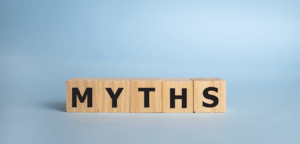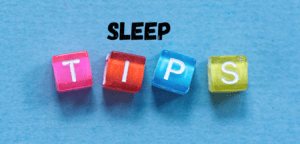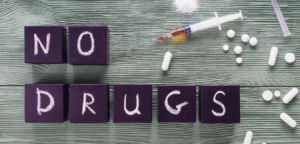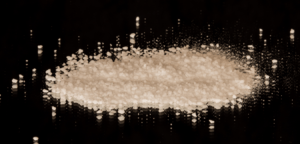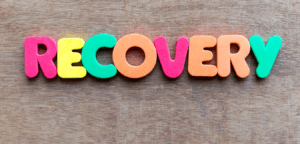Avoid regular healthy eating sites
Francesca Baker has first-hand experience of the struggle of making food feel safe again after an eating disorder. To help others, she has produced a book called Eating and Living: Recipes for Recovery. It’s full of great tips (from food shopping to cooking) for people in a similar situation.
She says: “I would suggest steering clear of normal healthy eating sites, as many of them promote low fat or sugar, which are actually crucial for recovery and weight restoration.”
Let someone else make it for you
In Tabitha Farrar’s Eating Disorder Recovery Kit for Adults she explains that the process of preparing meals yourself can send anxiety levels through the roof. Farrar suggests that if you’re overwhelmed, try to let someone else make your food and let them do it alone. This leaves you to only worry about eating it.
Think quality over quantity
Eating large amounts of food at once is often not easy at this stage. But choosing nutrient-rich foods in a smaller portion will be more manageable, and you won’t be depriving your body. Focus on getting a variety of food groups in your meals. Try to include some protein, fat, carbs and fruits and vegetables.
Choose meals that bring back positive food memories
Choosing meals that bring back comforting memories can help to recreate positive associations with food, suggests Baker. Memory is a great starting point for your journey to recovery and rebuilding a healthy relationship with eating.
Structure your eating
Creating order to your eating can take some of the stress out of the equation. Agree to a set time for each meal and plan your snacks in advance. Try to stick to these times regardless of whether you are hungry. This is a good way to reinstate a normal eating pattern while you wait for your eating and hunger to return.
Plan your meals ahead
Make some time once a week to plan your meals for the week ahead, using the above tips. This will allow you to make sure you are eating a balanced diet while also taking away the stress of choosing what you are going to eat.
Once you’ve decided, you can do one big shop each week. Again, this will remove the stress of constant decision-making and it also stops you having to make multiple trips to the supermarket while you are recovering.
But it’s worth noting that, although a plan is helpful, you should not feel limited by it. If your plans for the week change, let your food schedule alter with it. It is not about restricting yourself but instead giving yourself some safe guidelines to work with.
Recovery food ideas
It may take some time to get back to ‘normal’ eating habits. And that’s OK. Having some good go-to foods that provide nutrition in smaller portions is a great starting point. Some of these ingredients include:
Avocados
They contain many nutrients including some B vitamins which have a role in helping the body get energy from the food we eat. Avocados provide a good source of energy in manageable portions, making them a great option when starting your journey to recovery.
Baked beans
Not only are they a source of protein, fibre and one of your five a day but they are also a great store cupboard ingredient. Have these at home for when you need something quick and easy.
Oily fish
Oily fish are a great source of omega 3 which the brain needs to function optimally and aid your recovery. Oily fish such as salmon can be purchased precooked and is freezable, making it another storable, quick, go-to option which can be cooked in minutes in the microwave if necessary.
Eggs
Eggs are a ‘complete protein’, which means they contain all nine of the essential amino acids that our body is unable to make. This makes them a great, easy to prepare choice which will provide the body with many of the building blocks required for recovery.
Nuts and seeds
Nuts and seeds are another great store cupboard item while also being easy to have in your bag as snacks throughout the day. They provide a multitude of benefits, one of which is vitamin E which, amongst other things, supports the health of our hair and nails.
Credited to: Patient.info

